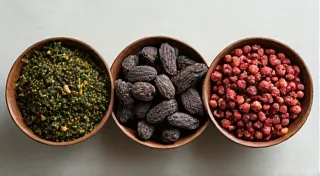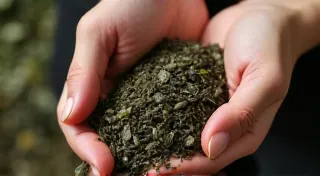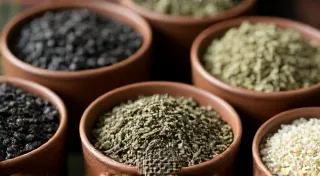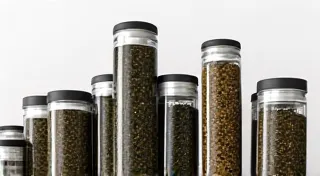Experimenting with Uncommon Tea Ingredients
The world of tea blending is vast and fascinating. While classic combinations like Earl Grey or chamomile lavender offer comforting familiarity, true artisan tea blending lies in pushing boundaries and exploring unexpected flavor profiles. Moving beyond traditional herbs and fruits opens up a universe of possibilities for creating truly unique and memorable tea blends. This article delves into the exciting realm of uncommon tea ingredients, offering inspiration and guidance for adventurous blenders.
Beyond the Basics: Why Uncommon Ingredients Matter
Using unusual ingredients isn't just about novelty. It's about achieving depth, complexity, and a signature character for your tea. Common herbs and fruits are readily available and well-understood, but they can sometimes lead to predictable blends. Uncommon ingredients offer:
- Unique Flavor Profiles: Ingredients like seaweed or cacao nibs introduce sensations rarely experienced in tea.
- Unexpected Aromatics: Aromatic compounds differ significantly between common and uncommon ingredients, creating surprising and captivating scents.
- Storytelling Opportunity: Using unusual ingredients often ties into a specific story, origin, or cultural practice, adding another layer of interest for your customers.
- Differentiation: In a crowded market, blending with uncommon ingredients helps you stand out.
Exploring the Landscape of Uncommon Ingredients
Let's explore some examples of less conventional ingredients that can transform your tea blends. Remember that small quantities are often best when experimenting, as some ingredients can be quite potent. Achieving that perfect balance in a blend can be tricky – avoiding common mistakes is key to a successful outcome.
1. Seaweed (Kombu & Nori)
Yes, you read that right! Seaweed, particularly Kombu (kelp) and Nori (used for sushi), offers a subtle umami flavor and a mineral richness that can enhance savory blends. It pairs surprisingly well with roasted grains, smoky lapsang souchong, and even some delicate greens. Use sparingly – a tiny pinch per cup is often enough.
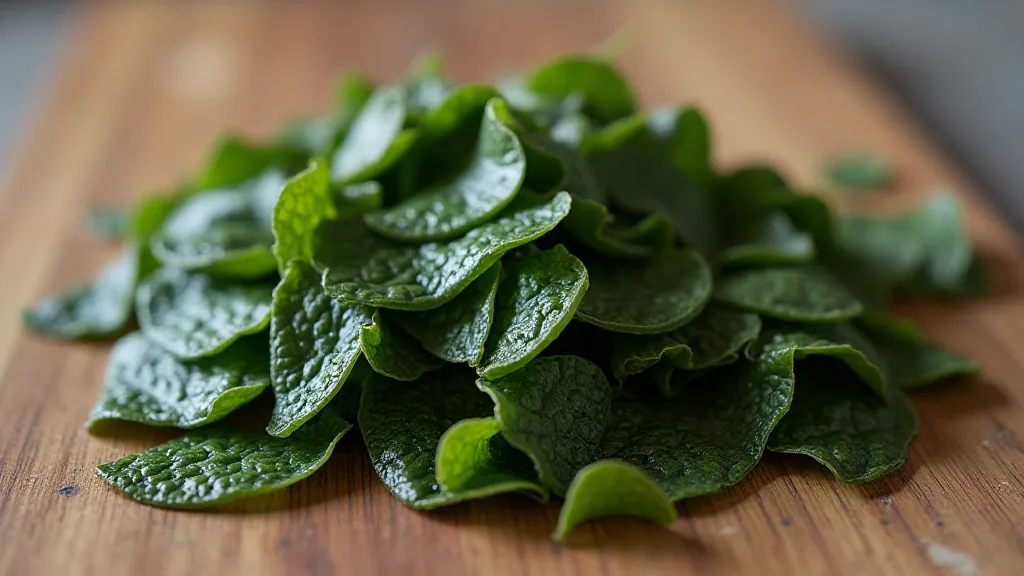
2. Cacao Nibs
Forget chocolate flavoring! Cacao nibs, the raw, unprocessed seeds of the cacao tree, offer a deeply bitter, slightly fruity, and intensely chocolatey flavor. They add texture and a rich complexity to blends. Try pairing them with chili, ginger, or even lavender for a unique twist. The impact of these additions can be significant, and understanding how they interact with other ingredients is an art.
3. Rosehips with Hibiscus and Elderflower
Rosehips are the fruit of the rose plant, known for its bright, tangy flavor and high Vitamin C content. When combined with hibiscus and elderflower, a vibrant and aromatic herbal tea is created. The right blend can offer not just taste but also healthful benefits – carefully considered ingredient choices contribute to both.
4. Pine Needles
Yes, pine! Certain varieties of pine needles (ensure they are safe for consumption – research is essential!) offer a resinous, citrusy aroma and a subtle pine flavor. They pair beautifully with black teas and forest-inspired blends. Exploring these more unusual flavor profiles can be incredibly rewarding, transforming a standard cup into a sensory adventure.
5. Juniper Berries
Commonly used in gin, juniper berries offer a bold, piney flavor and a slightly citrusy aroma. They’re fantastic in blends designed for after-dinner sipping or those seeking a refreshing, aromatic experience. The complexity added can elevate the experience considerably.
6. Sumac
Sumac berries have a tart, lemony flavor and a beautiful red color. They add brightness and acidity to blends and can be used in place of lemon in some recipes.
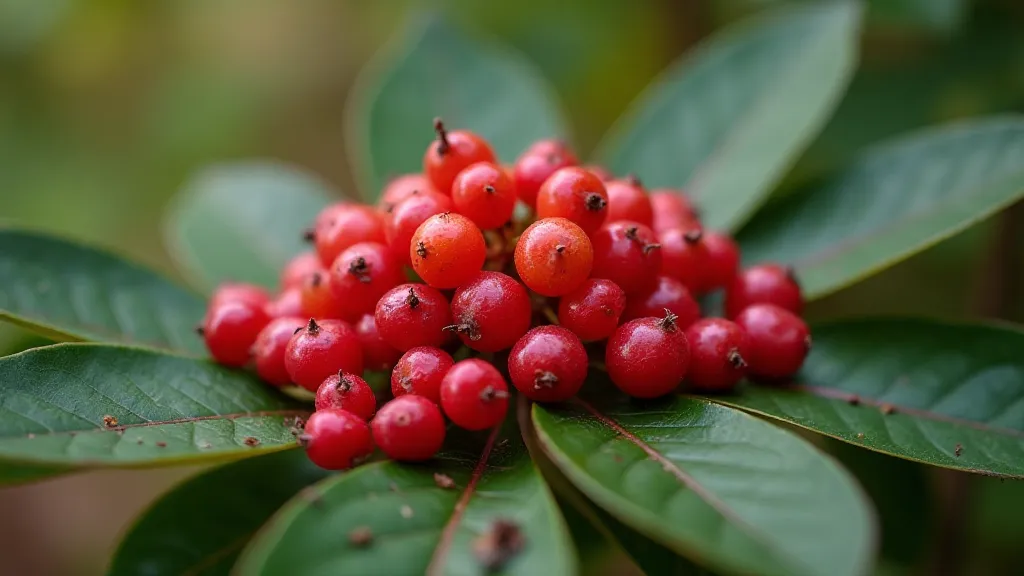
7. Dandelion Root
Dandelion root, roasted, offers a surprisingly coffee-like flavor and can be a great addition for those seeking a caffeine-free alternative to coffee. This opens up exciting opportunities to create unique beverage experiences.
Blending Considerations and Safety
When incorporating uncommon ingredients, remember these key considerations:
- Research is Crucial: Not all plants are safe for consumption. Thoroughly research any ingredient before adding it to your blends. Consult reliable sources and identify the specific variety you’re using.
- Start Small: Uncommon ingredients often have intense flavors. Begin with very small quantities and gradually increase to find the perfect balance.
- Complementary Flavors: Think about how the unique flavor profile of the uncommon ingredient will interact with the base tea and other herbs or fruits. Consider creating a flavor wheel to visualize potential pairings.
- Aroma Impact: Pay close attention to how the ingredient affects the overall aroma of the blend. Aroma is a significant factor in the tea-drinking experience. Creating festive tea blends is an art - aromatic spice blends can truly transform the experience.
- Allergies: Always be mindful of potential allergens and clearly list all ingredients on your packaging.
Experimentation and Creativity
The most rewarding aspect of artisan tea blending is the freedom to experiment and push creative boundaries. Don’t be afraid to try combinations that seem unconventional. Keep detailed notes on your experiments, including the ingredients used, quantities, and your observations. Some of the most extraordinary tea blends are born from unexpected discoveries. Furthermore, consider how best to pair your tea blends with food to create harmonious flavor combinations.
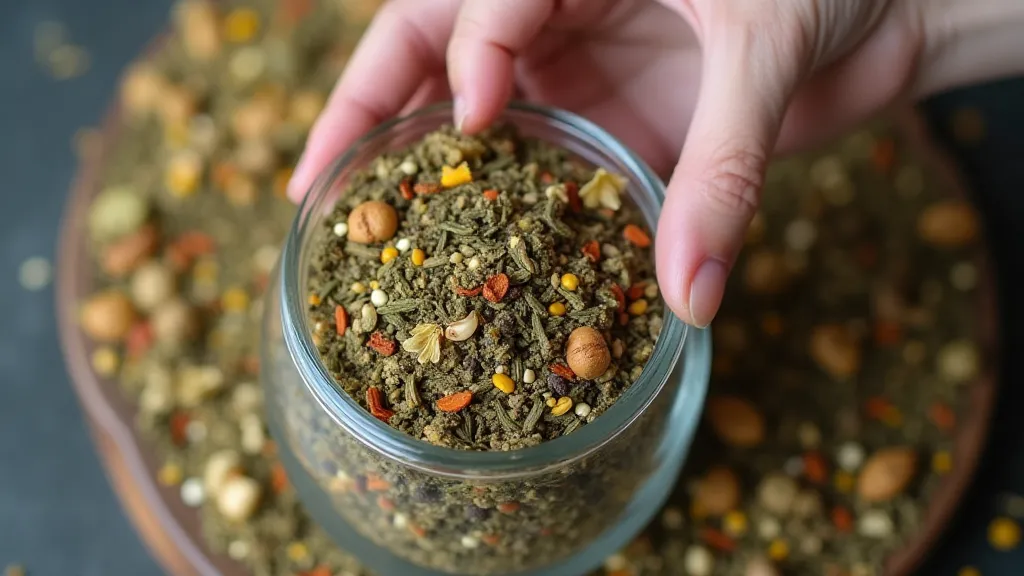
Expanding Your Flavor Palette: Beyond the Basics
While the ingredients mentioned above offer a great starting point, the possibilities for unusual tea additions are practically limitless. Consider incorporating floral notes beyond lavender, like chamomile or jasmine. Think about savory herbs like rosemary or thyme – carefully balanced, they can add surprising depth and complexity. Don't be afraid to explore unique fruits, like sea buckthorn or medlar. The key is to be adventurous, but always prioritize safety and quality.
The Art of Balancing Flavors
Blending uncommon ingredients is not simply about throwing random items together. It's about understanding the interplay of flavors – how sweet, sour, bitter, salty, and umami interact. Building a flavor profile requires a delicate balance. Too much of one ingredient can overpower the blend, while too little can leave it bland and uninspired. Careful consideration of the overall sensory experience is essential.
Final Thoughts
Moving beyond the familiar in tea blending opens up a world of sensory exploration and creative potential. By embracing uncommon ingredients and applying careful blending techniques, you can create truly remarkable and unforgettable tea experiences for yourself and your customers. So, embrace the adventure, and start experimenting! And if you’re looking for a refreshing twist, why not explore fruit-infused tea blends?

